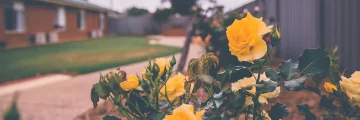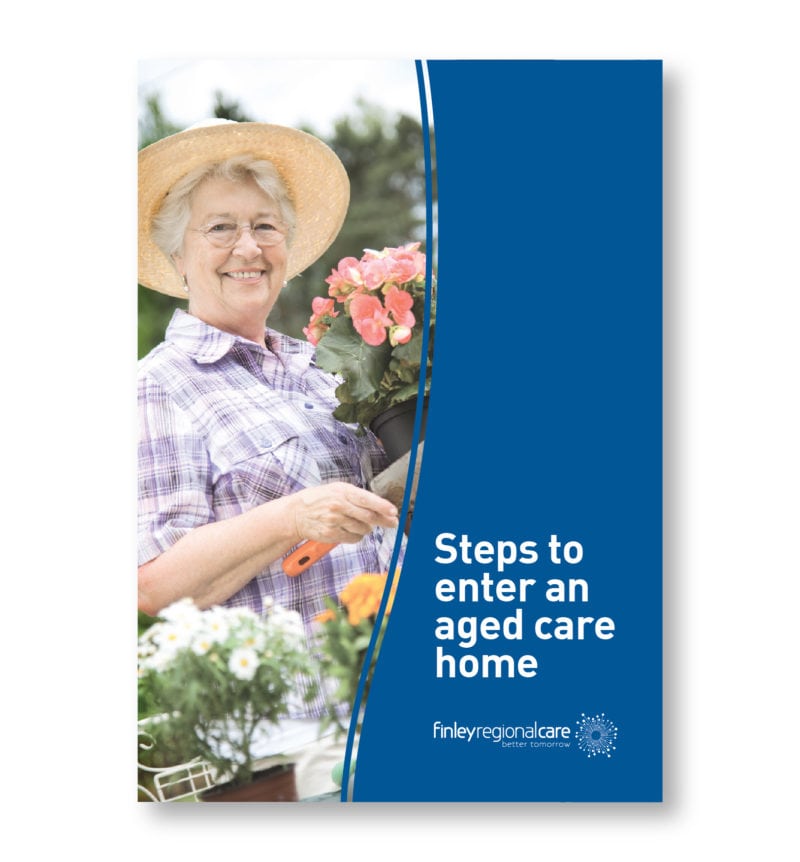Reducing a house full of “stuff” to an amount suitable for a move into aged care can be daunting, challenging and sometimes overwhelming. There are decisions to make, possessions to be disposed of, items to collate – and family members to keep happy. And the process is particularly hard if you’ve lived for a long time in your home, as the clutter tends to accumulate.
However, it’s something that needs to be done, as no matter how big your room in your aged care home, it’s not the same as owning a whole house or unit. Downsizing is a must at some point in your ageing journey – but with a bit of pre-planning and research, it can actually be quite a freeing experience. Use these smart and simple tips to get you started.
Start downsizing early
Where possible, start the downsizing process before you need to. If the move into aged care is not an emergency one, you can start downsizing your possessions slowly over time, which will make the whole process much easier. You could aim to undertake one downsizing project a month – for instance, clearing out a cupboard, or area of the house. Starting early will remove the stress from the process, and give you time to make unhurried decisions about what to keep, what to give away or what to dispose of.
Have a plan
When you consider the task of downsizing as a whole, it can seem completely overwhelming to carry out such a big and involved job. For too many people, this stalls the process, leading to inaction and procrastination until the task really can’t be put off any longer – at which point, it becomes very stressful.
Avoid this cycle of stress and avoidance by planning – and breaking the larger task down into smaller, more manageable tasks. Write them down, adding a date by which they need to be completed, and the task suddenly becomes a lot more achievable. Have a logical order for your tasks, scheduling the more important or time-consuming ones first. If you keep chipping away at the project, you’ll soon start to see the results – giving you added motivation to keep going.
Categorise your items
You’ll no doubt have a great deal of general stuff to go through – and it helps to be able to assign your items to one of four categories:
- Throw away – things that are too worn, broken, used or outdated to have any further use
- Donate – things you no longer have a use for or that won’t fit into a smaller space, or that you have multiples of, but which might still be useful or wanted by others
- Give to family members – items of historical or financial value or family heirlooms, or more practical items that family members might have a use for
- Keep – items you still need or want, that hold sentimental value or that you can’t bear to part with
Go through each area of your house and categorise your belongings into these four categories. Then deal with each category before moving onto the next area – take one pile to the dump, another to your local charity shop and pass on items to family members. For those items that you want to keep, find a place for them where they can be easily accessed, or put them away in a safe space if you just need to store them.
Involve your family
Your keepsakes and sentimental items can bring up a lot of emotions, as they are usually tied to memories of special or significant life events – and your family members are likely to feel some of the same emotions surrounding these items as you do. When deciding what happens to keepsakes, heirlooms or special items, make sure you involve your family. Consider their wants in the matter and take their wishes into consideration – it will save a lot of potential angst later.
Distribute your valuables now rather than after you’re gone
You’re no doubt planning on leaving your special possessions to family members or friends – so why not gift them early rather than after you’re gone? You’ll have the chance to see your loved ones enjoying and cherishing your possessions now – a truly special gift.
Marie Kondo your stuff
Yes, it’s very now. If you haven’t heard of organising guru, Marie Kondo, she has built a whole philosophy around downsizing and organising. If you’re having trouble saying goodbye to things, use her “spark joy” philosophy to help. Hold the item in your hand and consider whether it sparks joy in you. If it does, then keep it; if your feelings towards it are ambivalent, then either sell, donate or gift it to someone else.
Go digital
One of the best ways to reduce your possessions is to digitise as much as you can. This could be photos or family videos, as well as CDs, DVDs or cassette tapes. Transfer them to cloud or hard drive storage and you’ll always have access to them, without them taking up any physical space at all! It’s a win-win – and also a great way to be able to share them with others. If you’re unsure how to go about this, ask your children or grandchildren to help – they’re sure to know and it might be a great way to connect and bond with your loved ones as you go over your memories.
Take cuttings from plants in your garden
If you’re the garden-proud type, you no doubt have many much-loved plants in your garden that it might be hard to part with. Well before you make the move into aged care, take some cuttings of your favourites, let them develop roots and then plant them in pots that you can take with you into your aged care home. It’s a great way to liven up your new room, as well as to hold onto your precious memories.
Click here to read more about why you should start your aged care planning early.


 Finley Spring Time Gardens
Finley Spring Time Gardens
